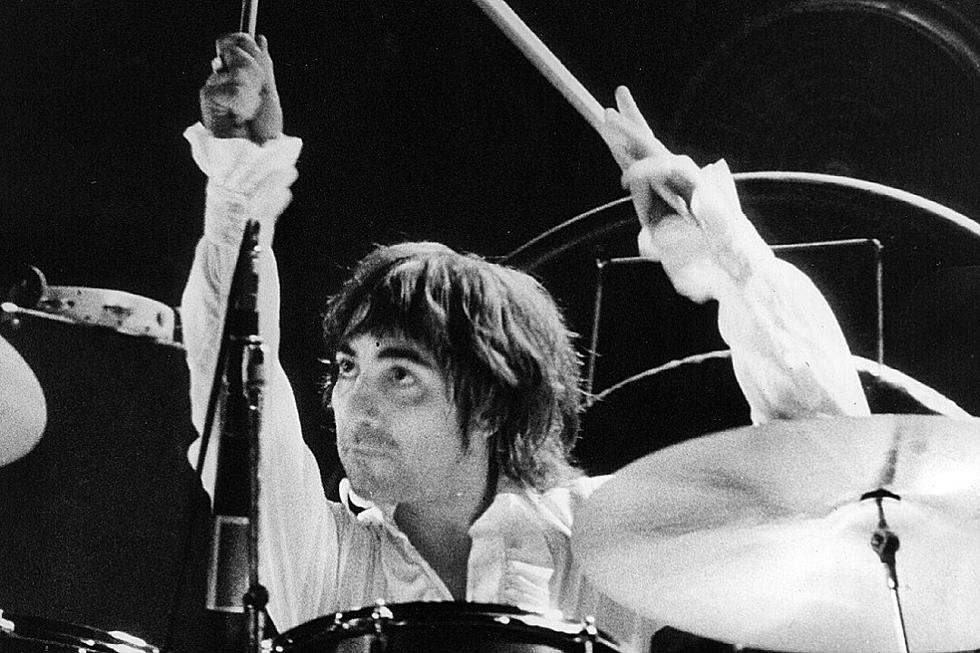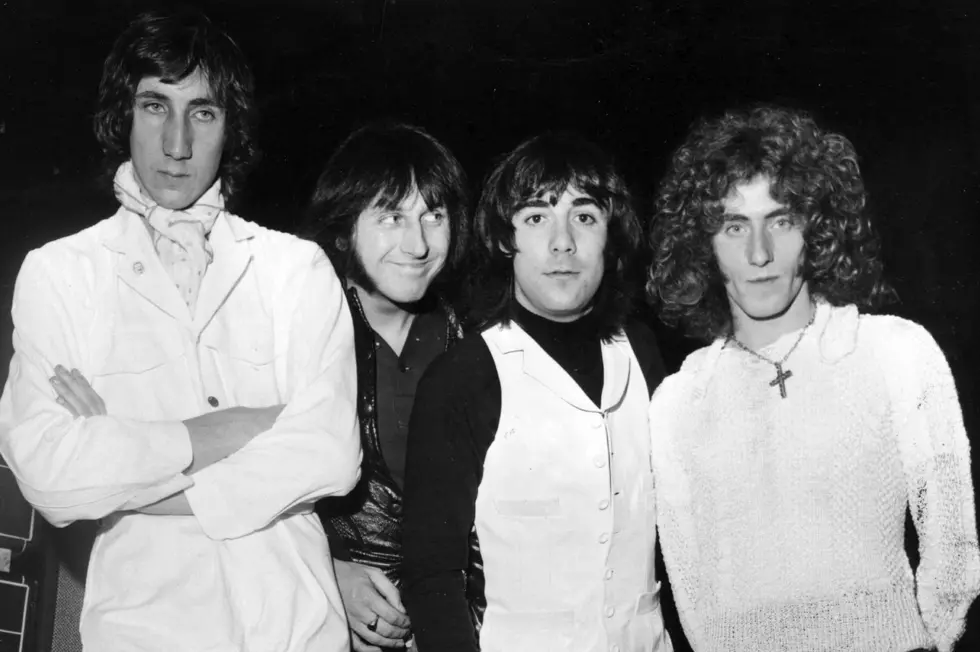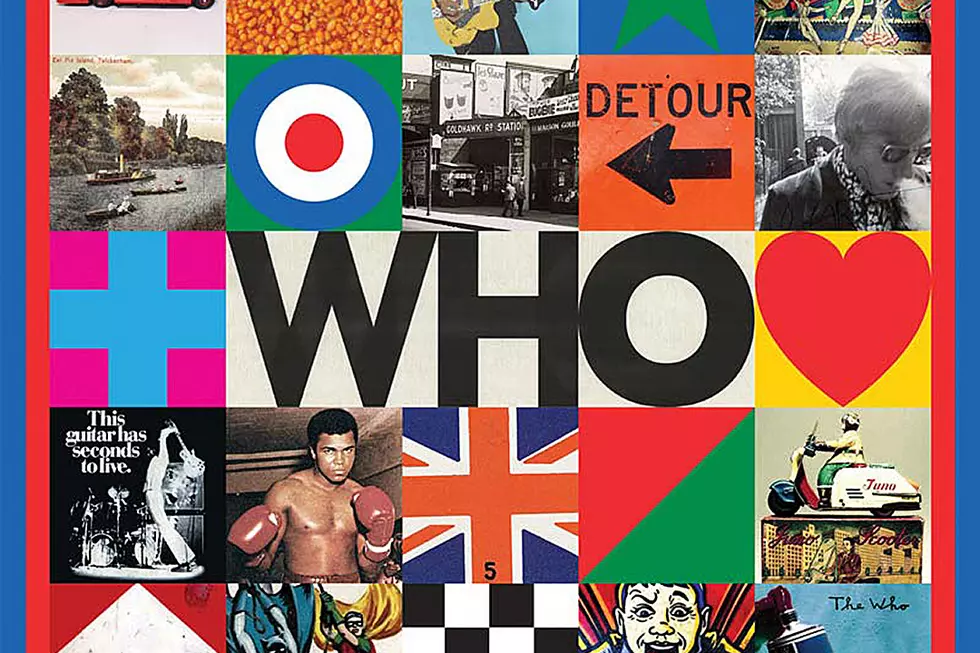
The Day the Who Played Their First Concert With Kenney Jones
The death of Keith Moon in September 1978 left a void in the center of the Who so large that it was almost unthinkable they would be able to carry on.
It was something the band wrestled with at the time: "We are not tied to being the Who any more," Pete Townshend said in the book The Who: Maximum R&B, "but we could be back. My days of dragging my body around the world on tour are over." While this statement obviously proved to be far from the truth, the stress of the era and the Moon situation were showing.
Bassist John Entwistle first put forth the idea of bringing in former Small Faces and Faces drummer Kenney Jones. Townshend agreed it was an obvious choice as the Small Faces and the Who were sprung from similar wells the decade prior. With all votes in, Jones took the gig.
"The Who is a group again," a feisty Roger Daltrey said at the time. "Kenney is now a quarter of the Who, and if one journalist says we are not the same without Keith, then I will personally break his legs."
The 1979 tour kicked off on May 2 at the Rainbow Theatre in London. In addition to Jones, the band was joined by longtime associate John "Rabbit" Bundrick on keyboards. The Who chose the Rainbow, a smaller venue that holds around 3,000, as the starting point because, as Daltrey noted, it was the band's London fans that got them off the ground in the very beginning. So, it was only fitting they return home for this new chapter.
As for Jones, he later admitted that the very idea of anyone replacing Moon was ludicrous. “I would have given anything not to have joined the Who,” Jones said, “because I would have given anything for Moonie to still be there. There is only one drummer for the Who – and that’s Keith Moon. And that’s the way it will always be.”
Tickets for this first show, nevertheless, sold out in less than an hour. The backstage scene was (pardon the expression) a who's who of British rockers with everyone from Mick Jagger and Phil Collins to members of the Sex Pistols loitering about.
The show mixed in a variety of songs from the band's career, but was very light on selections from their most recent project Who Are You – initially only including the songs, "Sister Disco" and "Music Must Change."
The first tour with Jones continued through the end of 1979, with various highs and lows, including the tragic concert in Cincinnati, Ohio where 11 people died in a stampede by an overzealous crowd. Jones ultimately stayed with the Who through 1988, appearing on two albums and during the Who’s set at Live Aid. His final turn with the group was at a ceremony for the British Phonographic Industry, where the Who earned lifetime achievement recognition.
Top 10 Reunion Tours
Why the Who's Founding Drummer Invited Fans to Moon Him
More From 103.7 The Loon










